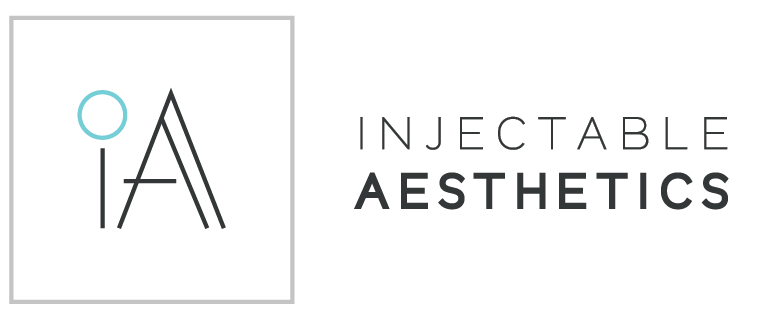At Injectable Aesthetics, Nurse Natausha uses the most advanced, cutting edge techniques in facial filler injectables to give her patients optimal results with little to no downtime!
As we age, our faces naturally lose subcutaneous fat. The facial muscles are then working closer to the skin surface, so smile lines and crow’s feet become more apparent. Injectable dermal fillers can plump thin lips, enhance shallow contours, soften facial creases, remove wrinkles and improve the appearance of scars.
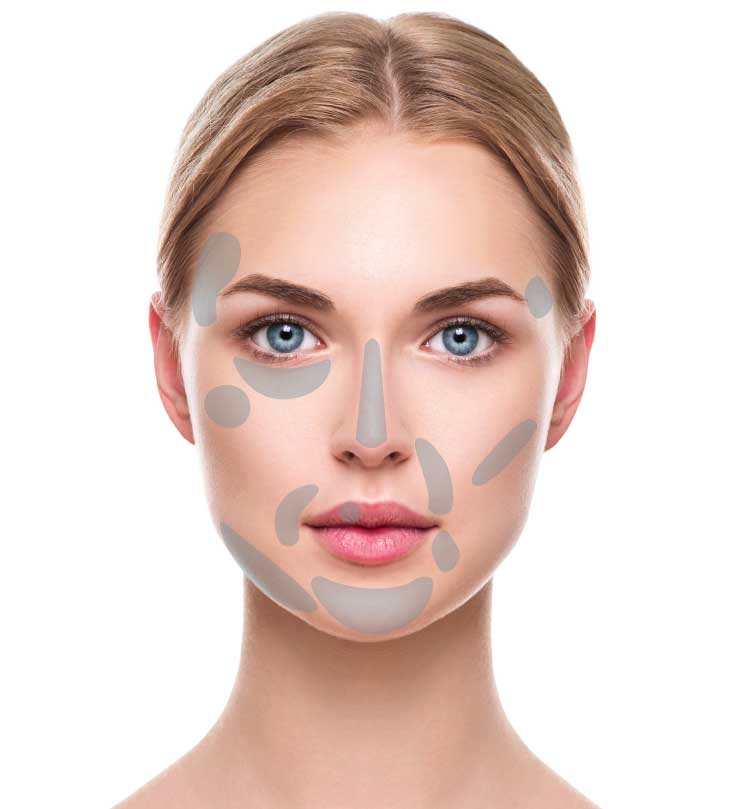
RADIESSE®
Bellafill®
Sculptra®
Versa®
JUVéDERM ultra®
JUVéDERM ultra plus®
JUVéDERM VOLUMA®
BELOTERO BALANCE®
RESTYLANE LYFT®
Not every face is the same which is why not every treatment is the same. At Injectable Aesthetics, we provide our patients with meticulous injectable dermal fillers that are perfectly customized to each patient’s wants and needs.
Did you know Filler can also help aging hands?
Schedule a Consultation Today!
There are many different fillers that are FDA approved in the United States, and with all the new technology related to non-invasive aesthetics, the field is constantly changing and improving. With these improvements, there seems to be a new dermal filler on the market every 3-6 months. It can be a daunting process to keep up with them all. However, each filler has a different molecule size, as well as make-up. Although they look similar in consistency in the syringe, when placed under a microscope, it is easy to see the granular changes, as well as the molecular size changes related to each filler. Depending on the area being injected, as well as the results that are desired by the patient, Natausha can choose the appropriate filler for you. She uses many different fillers to achieve the result that is best for the patient. For example, when injecting the cheeks or the jawline, a larger molecular filler is required in order to replace volume in those areas. However, around the mouth for perioral lines, we use a soft, small molecule filler to give the patient a reduction in lines without causing the mouth to have a “blown up” or overdone appearance.
Dermal fillers are FDA approved to last a certain amount of time. It is important to know what area the FDA indication and approval is for. For example, most of the older generation fillers such as Juvederm® or Restylane®, were given FDA approval for treatment of the nasolabial folds. However, most injectors use fillers for other areas of the face, and that is considered off-label injecting, due to the fact the filler is being injected into an area that was not studied in the clinical trials. Some fillers have multiple indications for different areas of the face. The reason it’s important to know the area of the face that received the FDA approval, is because that particular area of the face is the area that was studied in the clinical trials. For example, if a filler is FDA approved to last up to 1 year in the nasolabial folds, its important to look at how many syringes were injected in order for it to last 1 year, and the area of the face the filler was injected into. Because we talk and move our mouths multiple times a day, typically filler around the mouth or in the lips doesn’t last as long as filler in the upper face. Most hyaluronic acid fillers are FDA approved to last up to 1 year with optimal correction. (Optimal correction means placing the right amount of syringes into a certain area and not under correcting the area). Non-hyaluronic acid fillers are more permanent and tend to last longer. Some non-hyaluronic acid fillers are FDA approved to last 3-5 years with optimal correction. However, it is important to note that long term fillers come with more potential side effects and long term complications.
We sure do! Click the link below. Our patients love this treatment and you will too. View our before and after photos and schedule your consultation today!
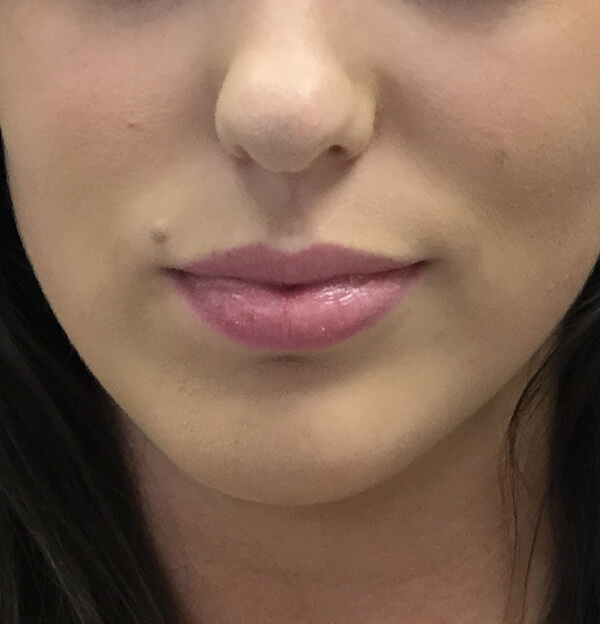
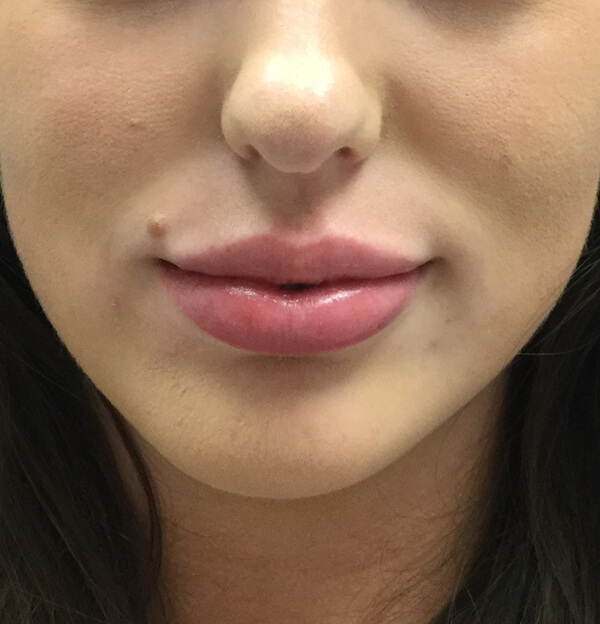


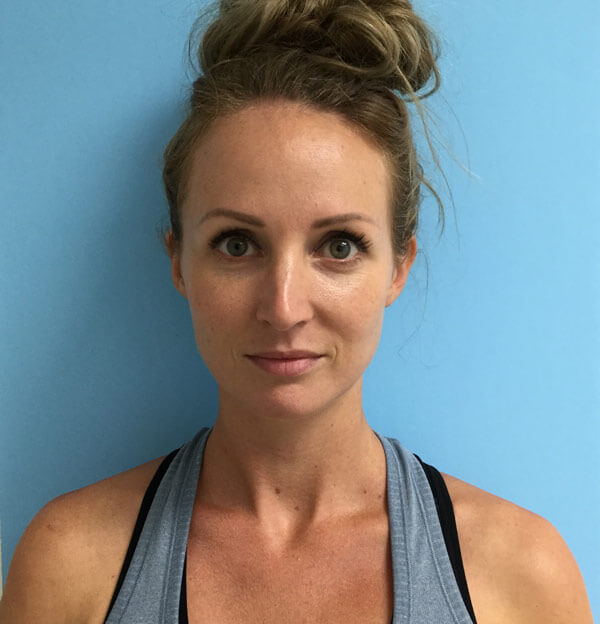
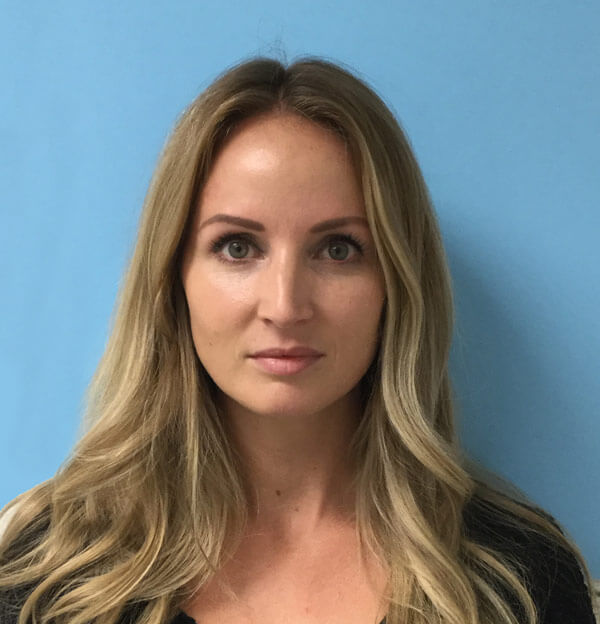


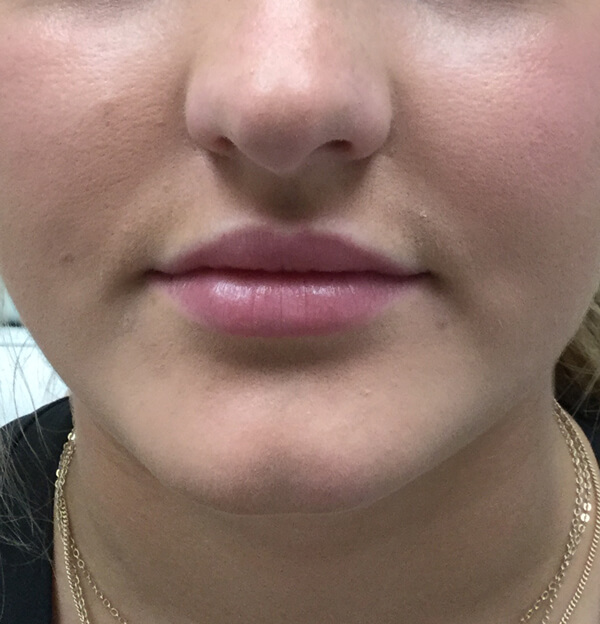
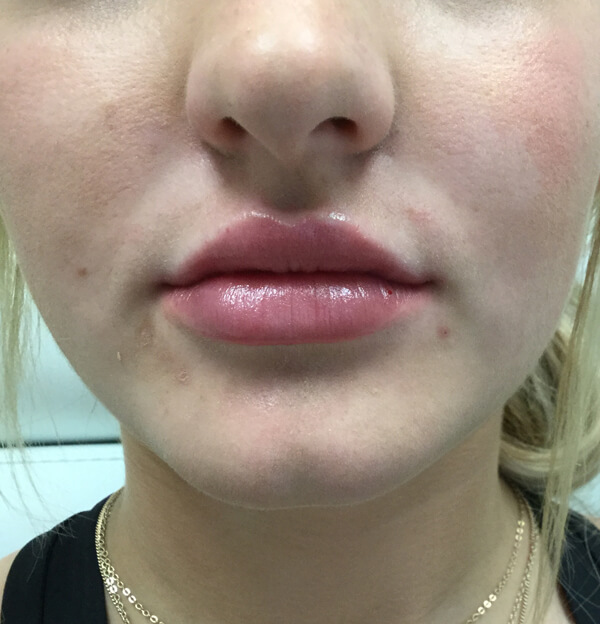


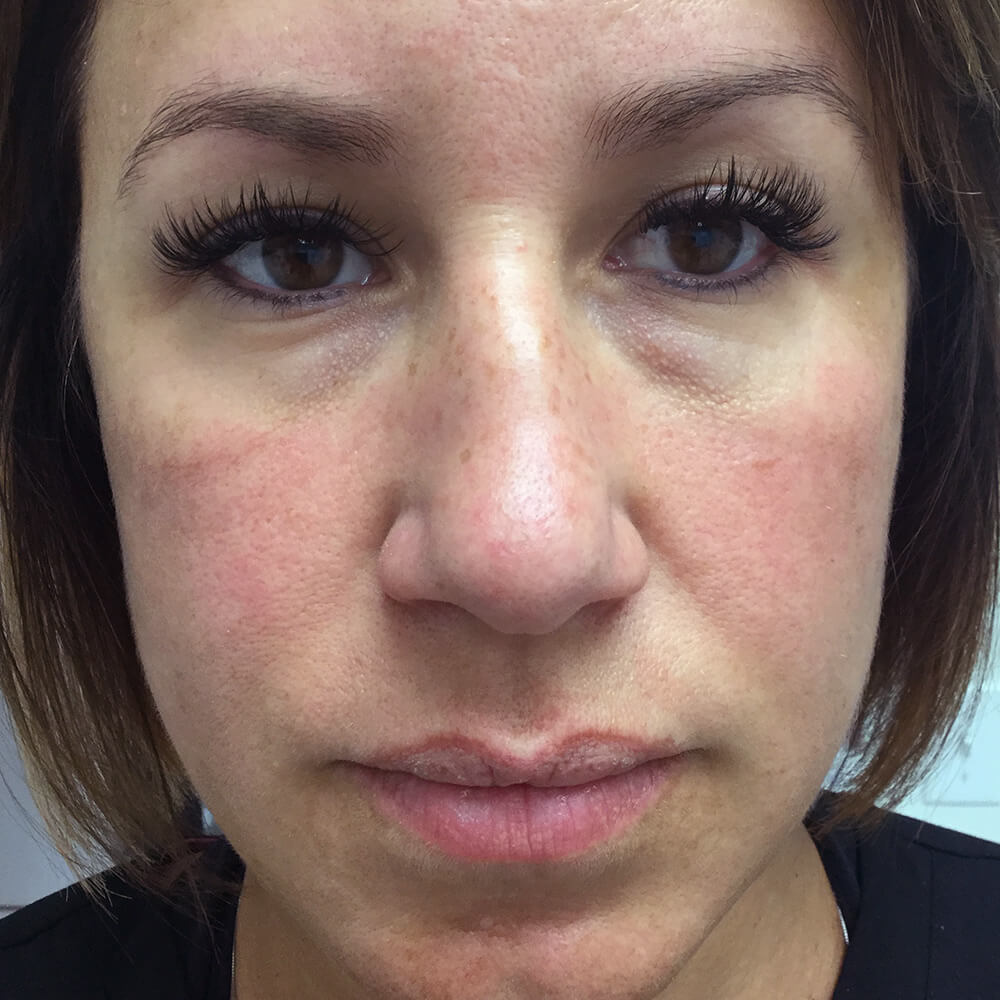
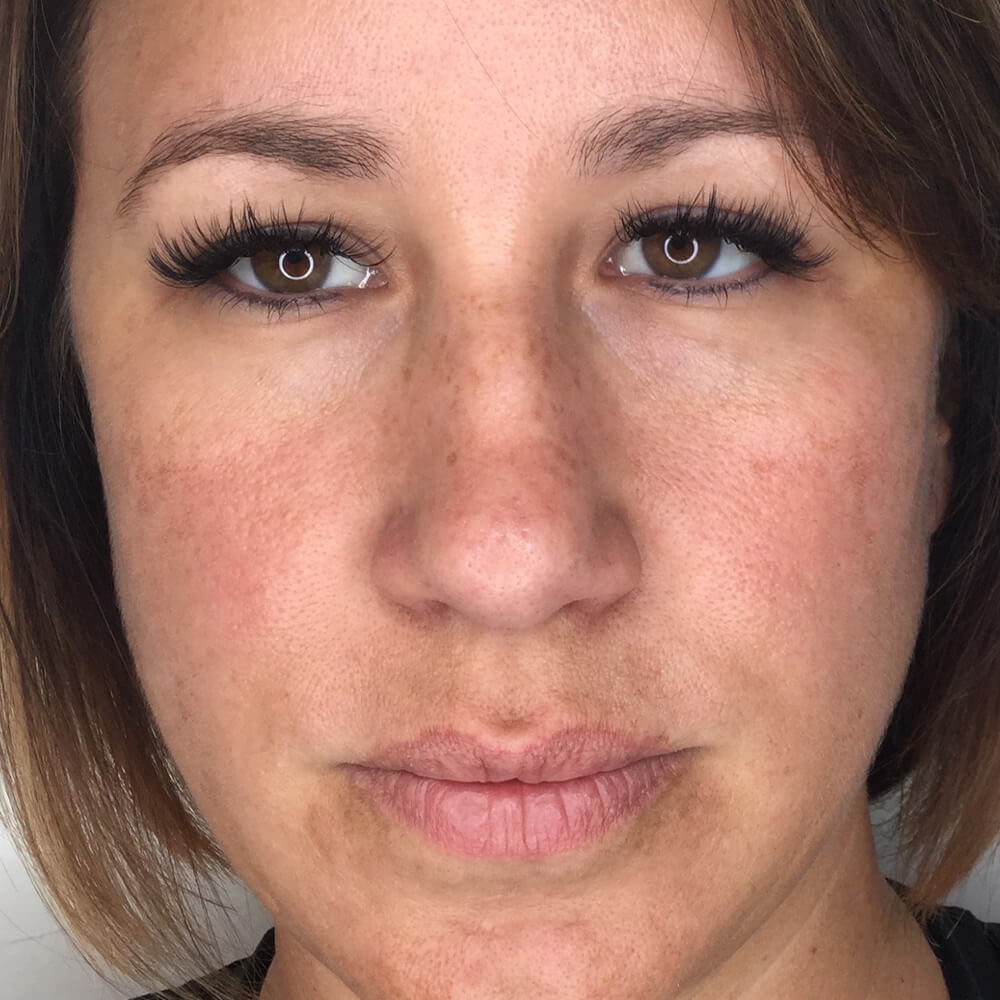


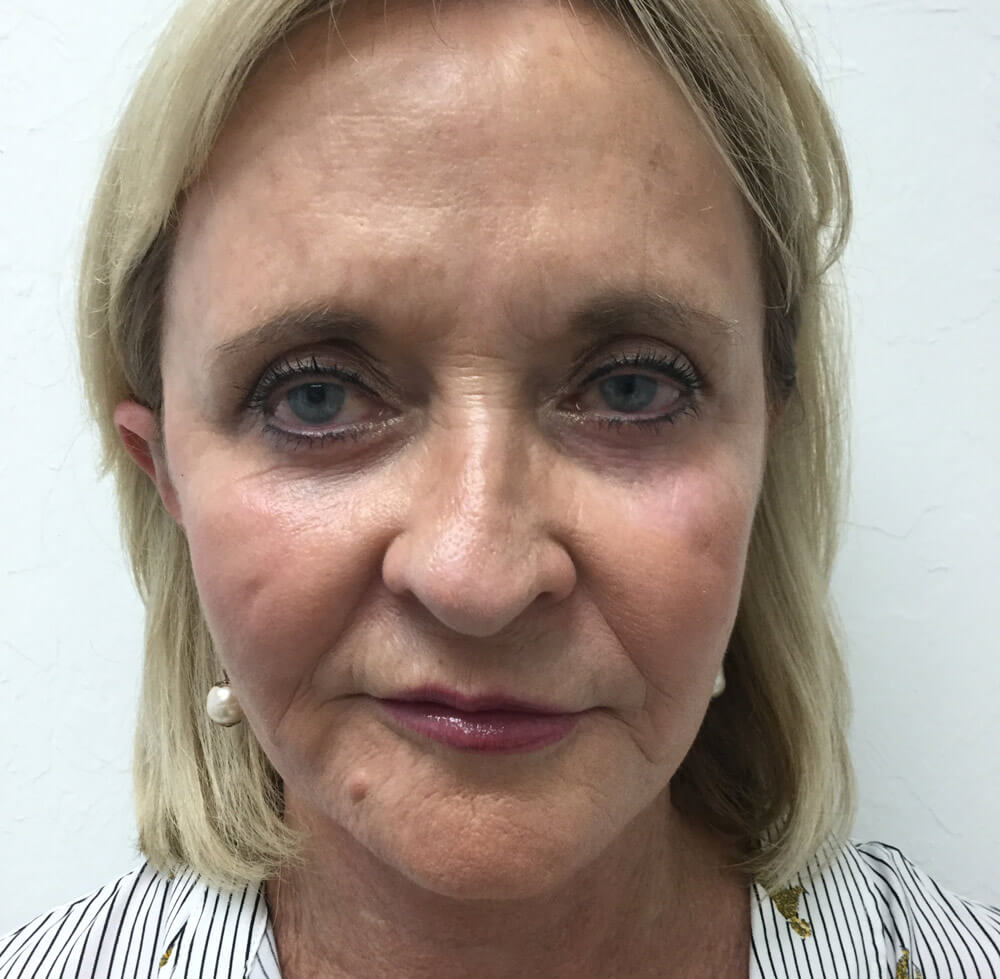
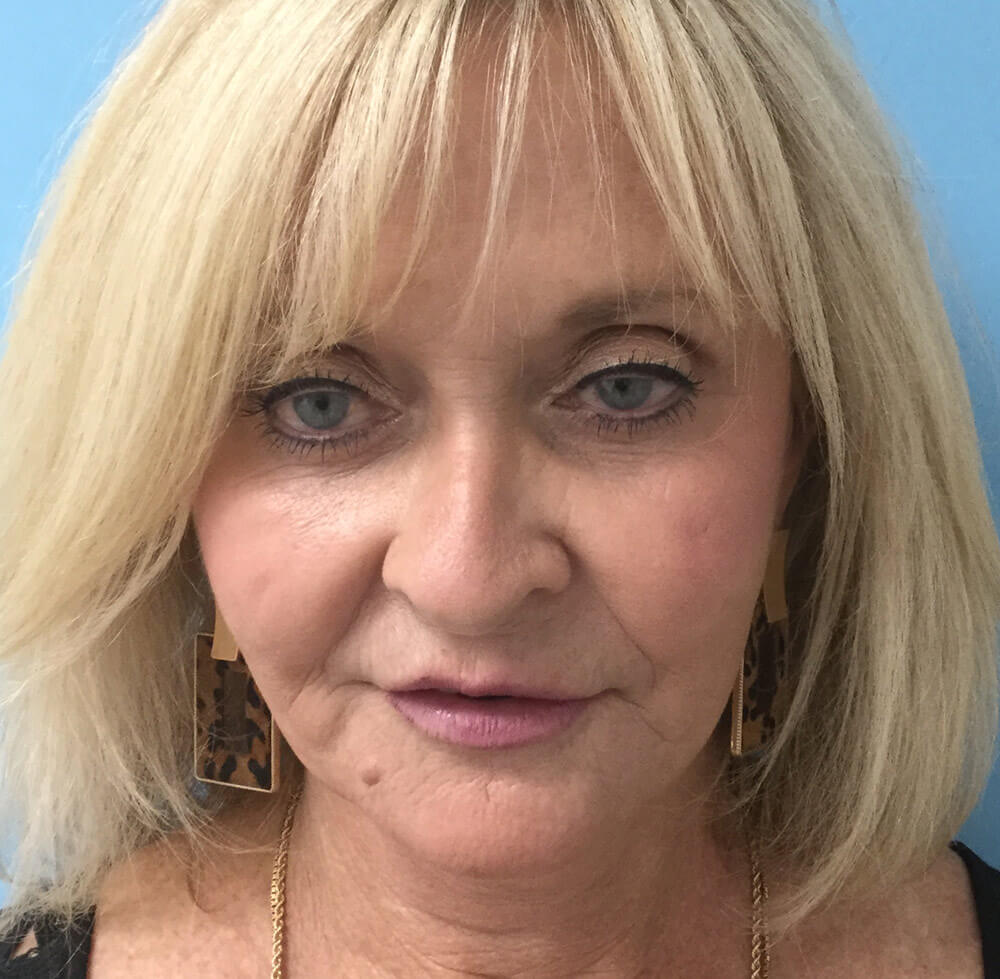



+ don’t worry…we don’t like spam either +
